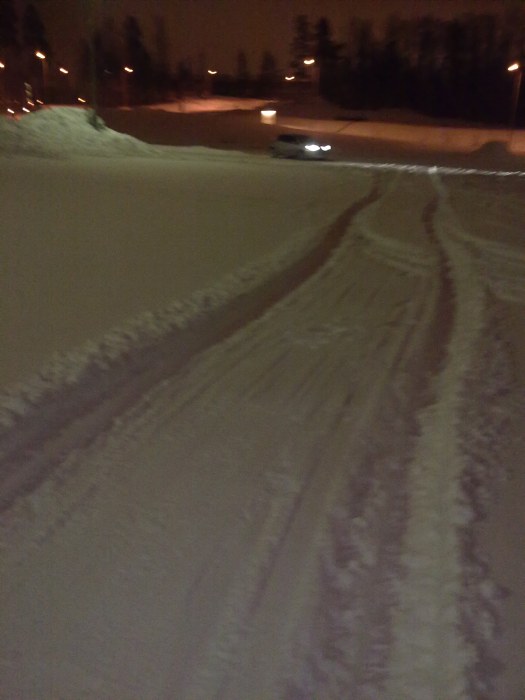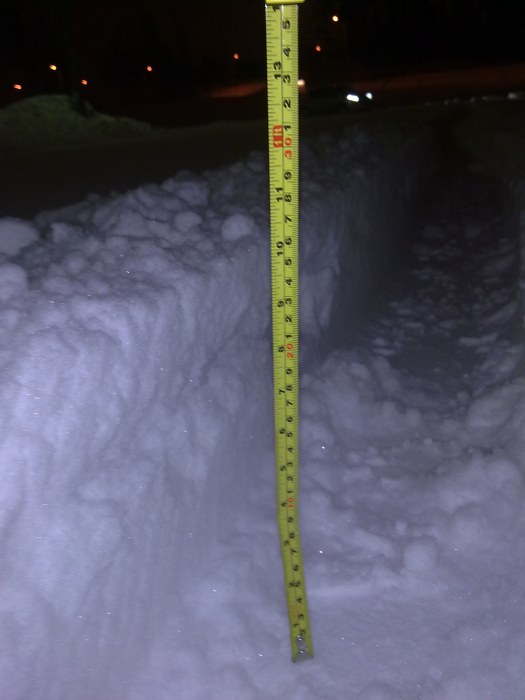Publius
Well-known member
willingp said:JPWhite said:philipscoggins said:Seems like if there was battery damage from cold, the Chicago people would be shouting by now.
Philip
Judging by Phil's response, it seems prudent to plug-in and charge directly after stopping the vehicle when the temp is below freezing outside.
My routine in the summer is to leave the car at least 30 minutes before plugging in after getting home. In the winter I won't wait.
Here is my $0.02 shout from a climate colder than Chicago:
I have 2012 model, upstate NY, 1000' elevation. I have to chuckle when I read about 32F as being "cold". Cold here is below 0F, which frequently happens in winter. I do not have a heated garage, but have had no problems with 2012 model in the cold:
--If I charge as soon as I get home, and it's below 0F the next morning, battery heater keeps it at 2 bars
--If I set timer to charge at 2am, I have 3 or 4 bars in the morning when it's below 0F
--as noted by others, regenerative braking does not work when battery is cold, like two bars
--using the cabin heater to keep it toasty warm, like 65F, uses a humongous amount of battery: WITH cabin heater, my commute takes 14KWH of charging, compared to 9 or 10 in warm weather. I don't use cabin heater any more.
My settings for using Leaf in the frozen north:
--I HAVE NOT FOUND THE NEED TO USE THE CABIN HEATER AT ALL, EVEN BELOW 0F.
--I pre-heat the car while plugged in, for 5-10 minutes.
--I use the front seat and steering wheel heater (I no longer need gloves driving to work at sub zero temperatures).
--I set the front defrost on, then turn off AC, then set to minimum fan and minimum temp (60F)
--during my 16 mile commute, the energy monitor screen shows that this defrost setting plus the seat and steering heater uses an average of about 0.5 to 0.75 KW.
--At below 0F, recharging after my commute takes 10-11 KWH instead of 9-10 KWH in warmer weather, using this setting; and window never fogs or ices up (not at sub 0F, nor even when raining and 33F).
--and, no, I am not particularly cold hardy; my regular heavy winter coat plus the above keeps me quite comfortable, at least for my 35min trip.
Paul
Paul, I live in upstate NY, too (Rochester area), but judging by the information you provided, I'm going to guess you live somewhere around Oswego or Watertown. Am I close?
We had single-digit temperatures in Rochester recently, but we didn't dip below 0F. I usually have four bars on the battery temperature gauge, even in single-digit temperatures or after the car sat outside all night below freezing. I think I've only seen two bars once, and I park outside 24/7.
I've only had my LEAF for a few weeks, so I'm still working on managing the heater without killing my range. When you say you use between .5 and .75 kw running your defroster, are you checking your energy usage after you've warmed the car up (plugged in or after you've ran it for a while)? Even at the lowest settings I usually see 3kw or more while the heater is warming up.


